There are so many passwords that people need to remember these days. You have your online passwords, your wi-fi passwords, the passwords you use at work, and more. It can be enough to drive you crazy. By the time you think of yet another original password, you have forgotten the last one. It can be a little easier, however, if you follow the following Dos and Don’ts. DON’T use a password that is easy to guess. That means no password 123 or admin 2018. Don’t use something anyone could figure out, like your birthday, dog’s name, or your address. DO choose a password that only you could figure out, such as the embarrassing moment you never told anyone about or the name of the fish you overfed as a child.
DON’T share your password. Unless it is an account that you and your spouse share, there is no reason to give your account information to someone else. Remind your kids of this too. Many kids give their passwords to friends, which can lead to trouble down the line.
DO make sure your password has a combination of uppercase letters, lowercase letters, numbers, and special characters. Each website will have their own rules about what is required. Make sure it is at least six characters long, too, because length can contribute to the security of the password. For example, sTE”vE218 is a lot harder to crack then STEVE218. The trickier you can be the better.
DO use underscores or spaces. If the system will allow you to, this is a great choice. Not many people who are trying to guess a password will consider spaces or underscores. Trying to decide where you inserted them is even harder.
DON’T use the same password for multiple accounts. If someone is trying to steal your information and they figure out one password, you don’t want them to have the keys to your kingdom. It is much smarter to have a different password for each site to protect your assets.
DON’T make your password so difficult that you cannot remember it. If you notice a spider outside the window as you set your new work password and you make your password SPIDER875, there is a good chance that you will not remember it the next day. While the password has to be hard for other people to guess, it should be easy for you to remember.
DO have a password to protect your passwords. If you have all of your passwords saved to your computer and you are the only one that uses your computer, you can add a second layer of protection. Choose the option to have a password on your laptop. Then you can allow Google to save your passwords for each site you visit, but no one can access them because your laptop itself is password protected.
The opinions voiced in this material are for general information only and are not intended to provide specific advice or recommendations for any individual.

